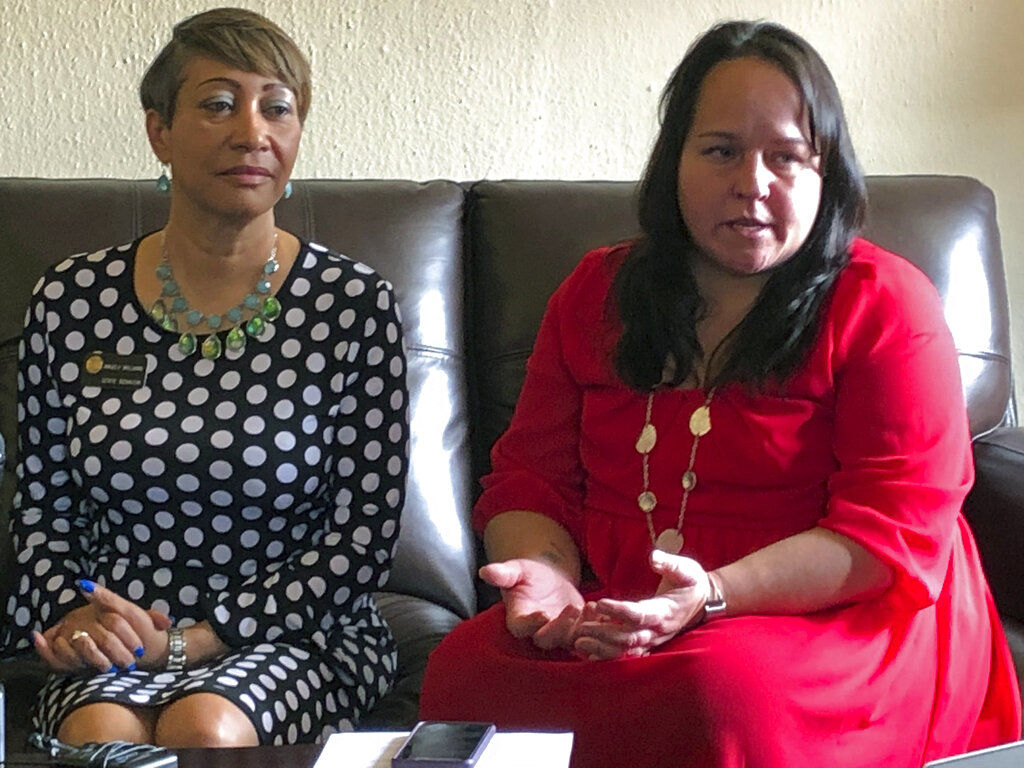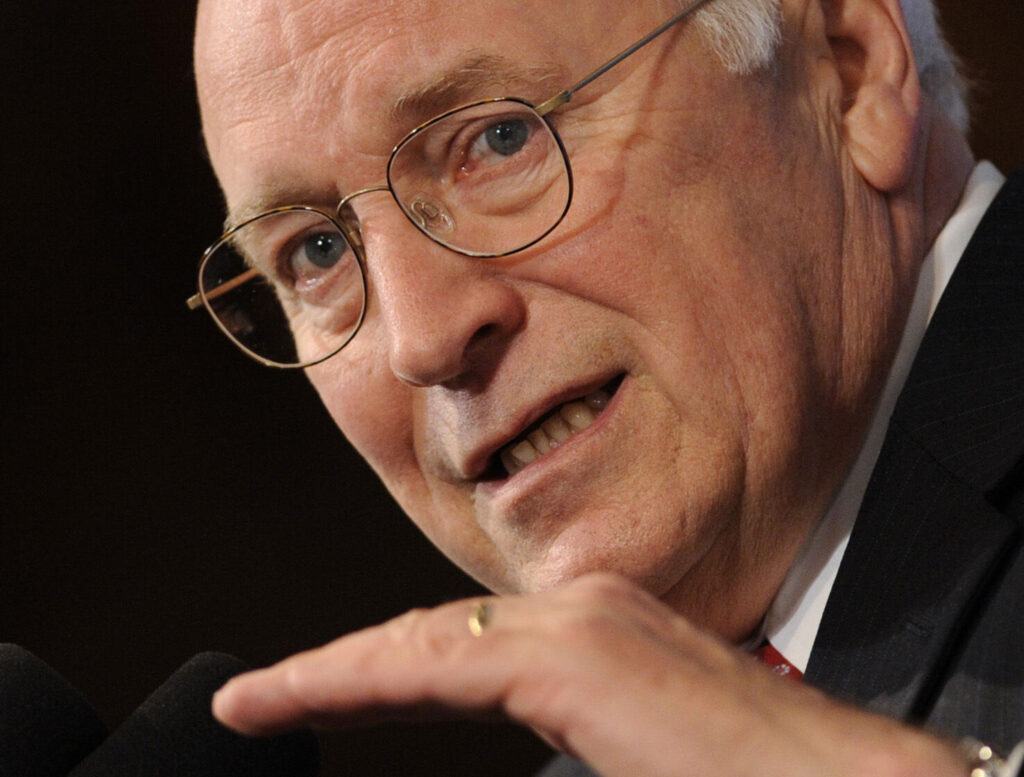Final actuarial study shows state-run family and medical leave program continues to exceed initial estimated costs

A final actuarial analysis of the proposed family and medical leave program that will be decided by lawmakers in 2020 shows an even bigger costs for the program than what was cited in a draft analysis released two weeks ago.
Senate Bill 188 was converted from an actual insurance program to a feasibility study late in the 2019 session, due in part to opposition from business groups over duplicative efforts and cost.
RELATED: Family leave study bill clears Colorado legislature
A task force mandated under the bill met throughout the summer and fall to come up with recommendations on a family and medical leave program. The task force hired AMI Risk Consultants of Miami to do an actuarial study.
A draft study, released on Nov. 29, pegged the program’s costs to employers and employees at almost $1.15 billion for a low-benefit model and more than $2.2 billion for a high-benefit model. That’s far above what the program would cost as estimated by a fiscal analysis of the Senate bill.
The final report pegs the premium costs, beginning in 2024, at $1.168 billion for the low benefit model and almost $2.3 billion for the high benefit model, all beginning in 2024. The legislation estimated premium costs at at $922.4 million in 2021-22 and $956.5 million the following year.
Task force members asked AMI’s Bob Ingco to revisit some of the draft study’s assumptions on several issues, such as the amount of leave time, wage replacement and the impact of wages on premiums as wages increase. Kathy White of the Colorado Fiscal Institute, a task force member, said Tuesday that the draft study also didn’t take into account that the program would receive premium payments for a year before employees could start to tap benefits.
Those requests didn’t lower the tab for the program. The final report shows slightly higher premium rate costs for employees and employers, but much higher fund balances, a reflection of its potential solvency.
The draft report estimated first year premium costs at 0.7% of payroll for the low-benefit model and 1.1% of payroll for the high-benefit model, with a fund balance of $362 million. The final report said the first-year premium rate would be 0.71% for low benefit and 1.18% for the high benefit plans, but the fund balance would top $1.2 billion for the low benefit plan and $2.45 billion for the high benefit plan.
In later years the difference between the draft and final become even more obvious.
By 2033, premium rates would increase to .87% of payroll for the low benefit model, with a fund balance of $3.9 billion. That’s up from the $3 billion estimate in the draft, and a premium rate of .85%.
For the high benefit plan, premium rates would rise to 1.45% and a fund balance of $7.9 billion. That’s compared to the draft, which said by 2033 premiums would be at 1.4% and with a fund balance of $5.9 billion.
White said that the task force looked at the feasibility of a family and medical leave program, and how it would be extended to most workers. “All employers have to offer” a plan under the program, but some can self-insure and others might purchase it on the private market.
That’s a proposal pushed by Pinnacol Assurance, the state’s “last resort” workers’ compensation plan, which suggested in an October presentation that private insurers provide the program rather than it being state-run. Pinnacol also suggested going with a low benefit model; employers could add more benefits — such as longer leave times — as they could afford it.
“We’ve done a lot of learning” with a lot more consensus, White said. The task force included representation from some of the program’s biggest critics, such as the Colorado Chapter of the National Federation of Independent Business, a small business advocacy organization; and the Colorado Chamber of Commerce.
The chamber said last May that their opposition was about “striking a balance between employees and employers, ensuring any program is financially sound, and allowing for flexibility rather than a one-size-fits-all program.” Opponents also pointed out with the tight labor market that employers are more likely to offer more generous benefits, including leave programs, which would counter any need for a state mandate.
The jobs website BuiltInColorado provides a list of more than 200 tech and start-up companies in Colorado with generous family leave programs, ranging from small companies to large employers like T-Mobile and Adobe.
White also pointed out that the task force included Trish Sullivan of Steamboat Springs Ski & Resort, a seasonal employer. Opponents have pointed out that the leave program, as outlined in the 2019 legislation, would kick in after only 17 weeks of full-time work, which would cause a variety of problems for seasonal employers.
Listening to the concerns and challenges for seasonal employers was valuable, White said.
“Making people talk to each other for a couple of months” made for a less acrimonious process, she said.
That’s when the real fight will begin. In the 2019 session, more than 150 trade associations, employers large and small and progressive public policy groups lined up to either support. oppose or recommend changes to the measure, according to records from the Secretary of State’s lobbyist database. It was one of the most heated battles in a session marked by heated battles almost weekly.
Will the task force — which includes representation from those who backed the 2019 bill and those who opposed it — find a common ground? White said she is hopeful that a common ground will shake out by the time the task force makes its final recommendations, a report that is due less than a month from now.
All of that could depend on just how many reports — with recommendations — find its way to the General Assembly. Loren Furman, senior vice president for state and governmental relations at the Colorado Chamber, said Wednesday that the actuaries have determined the program will be far more expensive than was ever projected during the past legislative session.
She pointed out that the measure’s sponsors and proponents agreed to a cap on how much would come out of worker’s pay, but based on the latest actuarial report, those projections would far exceed that cap in order for the program to be solvent. “The legislature, once it gets the final report from the task force, along with one or more minority reports will have to think about the budget and how they feel about a program that will be more expensive.”
Another issue is the utilization rate. The actuarial report also determined that would be between 3.5% in 2024 and up to 8.4% by 2033, which also exceeded the program’s initial projection from the 2019 legislation. That’s “one of the arguments we made after looking at other states’ utilization rates. And that will escalate over the years, Furman said.
What will be fought over? Furman said it won’t be a lot different than what was battled over in 2019: the types of benefits to be offered, not only the solvency issue, how many hours would an employee have to work before they get benefits, the definition of family members.
“Those are the things that will determine cost of program,” she said.
The big question is whether the legislature will look at a more conservative model — the low benefit model listed in the actuarial report — or a “Cadillac” plan — the high benefit model, which is what advocates of the program have wanted.
The task force’s recommendations are due on opening day of the 2020 session, Jan. 8. Lawmakers will also get an actuarial analysis from Pinnacol on a private market option, and three expert reports on on plan design and analysis from the University of Minnesota, the University of Denver and the Urban Institute.
Colorado Politics Must-Reads:













